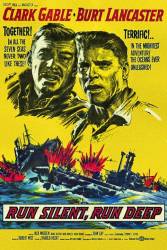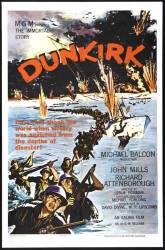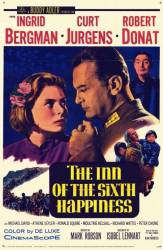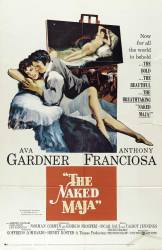
Factual error: In the final scene there is a shot which shows a Land Rover in the distance. Land Rovers were not built until after World War 2.

Factual error: The film was released in 1958 but depicts a 1943 World War II mission in the Pacific by a US submarine capatain played by Clark Gable and his first officer played by Burt Lancaster. In two separate scenes the crew listens to a "Tokyo Rose" broadcast on radio and the background music is "Kiss Me Once, Kiss Me Twice, It's Been a Long Long Time" by Sammy Cahn and Jule Styne. The song was not released until September 1945, one month AFTER the end of the war in the Pacific in August 1945. The song was famous for celebrating returning troops and therefore also makes no sense in the context of 1943.

Factual error: When the ship is being launched a champagne bottle is smashed against the hull. Harland & Wolff, like many shipbuilders, did not smash champagne bottles against the hull.

Factual error: The Sergeant-Major of the artillery section Corporal Bins and his men are briefly attached to has two of his medal ribbons round the wrong way. He has up the Victory and British War Medal ribbons, when they should be worn BWM and then VM. A mistake an experienced senior NCO would not make.

Factual error: The movie's title "The Inn Of The Sixth Happiness" is the name of the mission station that Gladys Aylward/Ingrid Bergman sets up. In reality this was called "The Inn Of The Eighth Happiness." Numerology is popular in China, where eight is regarded as a particularly auspicious number. Apparently the film company thought "sixth" had a better ring to it than "eighth." In the movie it is explained that there are six levels of happiness. This is not a Chinese belief and seems to have been invented for the movie.

Factual error: You can't expect a great deal of historical accuracy from a movie that narrates a love story, conveniently ignoring the glaring fact that one of the two lovers was DEAF. Nevertheless, here Francisco Jose de Goya paints for his lover, Duchess Maria, a 1797 painting, "The Black Duchess", only after he already painted "Charles IV of Spain and His Family", finished in 1801, and the St. Anthony of La Florida frescos, 1798.